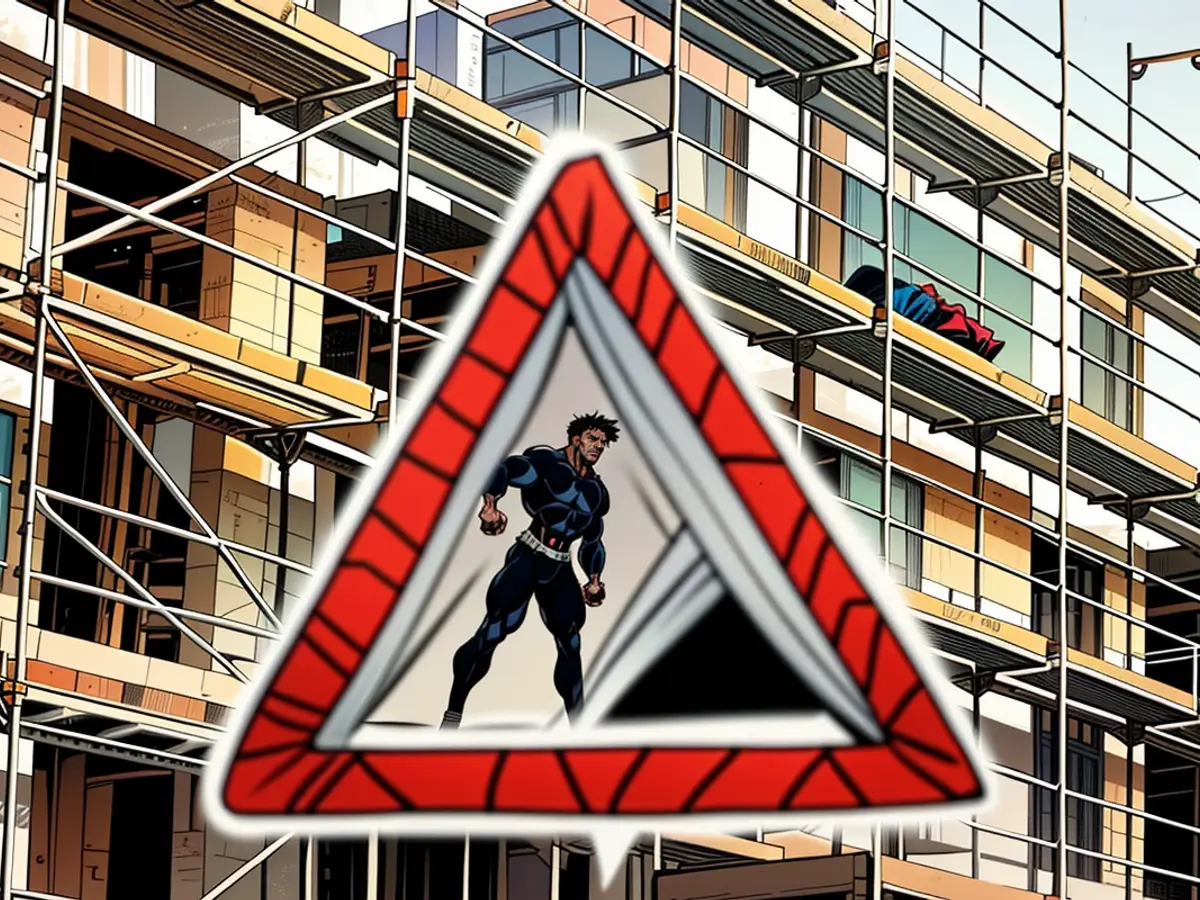- The institution suggests that Saxony's urban areas should enhance their housing development significantly.
In Saxony's main urban areas, a significant surge in constructing new apartments is crucial over the next few years, as per an analysis by the Pestel Institute. The study indicates that approximately 4,970 new apartments need to be built yearly in Leipzig, 4,530 in Dresden, and 460 in Chemnitz to cater to the pressing need. This research was carried out, in part, by the German Building Materials Trade Federation (BDB).
As per the institute's leader, Matthias Günther, this construction is essential to tackle the existing shortage and gradually substitute aged apartments in vintage buildings. Particularly, he mentioned, this applies to post-war buildings where renovation is no longer viable.
Despite the high demand, apartment construction is dwindling. Günther explained the situation as a "sluggish new apartment construction on the verge of exhaustion." In the initial five months of this year, only 485 new apartments got approved in Leipzig, contrasting to 1,349 in the same period last year - a significant drop of 64 percent.
According to the State Statistics Office, a total of 8,699 building permits were given last year in the Free State for apartments covering a sum area of 893,600 square meters - 26 percent less than the previous year. Of these, 84 percent were for new apartment construction.
Despite the availability of vacant apartments in Leipzig, Dresden, and Chemnitz, the housing demand remains constant, according to Günther. The current census reveals around 19,310 vacant apartments in Leipzig, 13,220 in Dresden, and 16,750 in Chemnitz, equating to 5.4 percent, 4.1 percent, and 11 percent of the total housing inventory respectively. However, a majority of these apartments are not inhabitable in their present state and demand substantial refurbishment.
Together with the Pestel Institute's researchers, Katharina Metzger, the head of the German Building Materials Trade, suggested reducing construction standards and augmented state financing to stimulate the urgently required new apartment construction and renovation. Metzger underlined that the proposed federal budget for 2025 falls short, especially for social housing, which requires at least 12 billion euros annually. The housing construction sector, she stated, is currently facing a "downward spiral," which could result in societal pressures in the long run.
Given the rising demand for housing due to the shortage of apartments, especially in post-war buildings where renovation is no longer feasible, a robust social policy is crucial. This policy could include reducing construction standards and securing increased state financing to stimulate the necessary new apartment construction and renovation, as suggested by Katharina Metzger. The lack of such policies might lead to a prolonged "downward spiral" in the housing construction sector, potentially leading to societal pressures in the long run.








